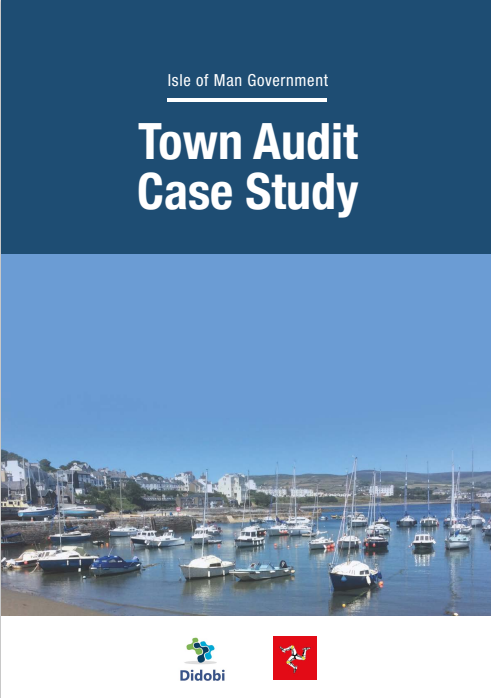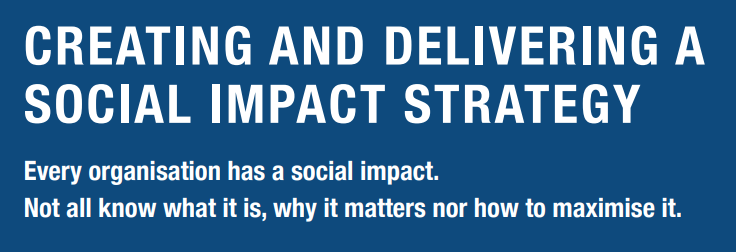Best Buy Mk 2? Dixons and Carphone Warehouse set to marry?
On 30th April 2010 Best Buy, the giant electronics retailer opened its first UK store in Thurrock. The Carphone Warehouse then acquired a 50% stake in Best Buy Europe – a marriage made in heaven many said. The best of both – big box discount retailing from the US and an established and respected mobile phone retailer in the UK and Europe. What could go wrong and how would Comet and Dixons survive such a giant being formed in a very tight and difficult market in an exceptionally challenging time for retailers!
By the end of 2011 Best Buy had exited the UK along with its Carphone Warehouse partnership. A year later Comet (Kesa) went into administration, Dixons started to show some promising results and the rest is history! During this time there has been a surprising amount of growth in mobile phone shops driven by smartphones and tablets. EE, in 2010, merged Orange and T Mobile, and Phones 4U was acquired by BC Partners in March 2011 for a reported £700m,
So the news that Dixons and Carphone Warehouse is an interesting and potential game changer but then again that’s what the Best Buy and Carphone Warehouse deal was pitched as in 2010. The combined companies would create a £3.5bn entity with over 1,200 shops across GB let alone adding in the additional stores outside the mainland. Some interesting figures on each company are that Dixons sales in 2013 were £8.4bn, they have a market value of £1.8bn and their share price is £0.50. Conversely Carphone Warehouse’s sales in 2013 were £3.7bn, has a market value of £1.9bn and a share price of £3.33. There are therefore some interesting differences between these two businesses in terms of sales and the value placed upon them by the market. No doubt some interesting debates will be held about whom is the most valuable in the partnership!
In terms of stores (they both have strong online presences) they have a combine total of over 1,200 across Great Britain with Carphone having 62% of these but Dixons have fewer but larger stores of which 72% are on retail parks whereas Carphone has 42% of its stores on high streets (excludes shopping centres which account for 30%). Both companies have been closing stores in the last 12 months with Carphone -3% and Dixons -8%.
The big question lies around store overlaps and concentrations. Regionally Greater London, South East and the North West have the most and the North East the least but also the only region to have seen an increase in stores albeit one in 2013! By town London has over 128 stores of the combined fascia, followed by Glasgow at 26 and Manchester at 24. There are, however, over 100 locations that have more than three stores of the combined fascia. Smaller towns include Swindon, Swansea, Bradford, Peterborough and Romford.
My overall summary of this potential merger is; This is a significant partnership in light of the size of each store portfolio as it would give them overall dominance for technology outlets across GB. With over 1,200 stores between them one can expect closures of which I would expect to see 25%-40% to close, which equates to 300-500 stores. 110 towns/locations have three or more stores, which are likely to see one or more closures. In line with general retailer trends one can expect the new format to consolidate in larger locations with larger format stores that bring the technology and brand experience the modern consumer demands.
Interesting times ahead especially as brand partnerships with Microsoft, Samsung and others are increasingly significant. Many brands want to control and have the direct relationship with their customers and therefore more changes are likely to happen which could impact Dixons and Carphone Warehouse who are not brands/network providers in their own right.






Leave a comment: